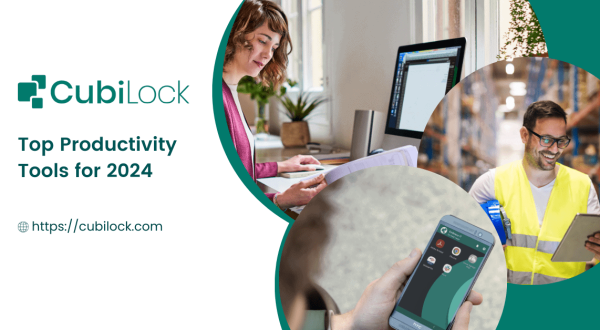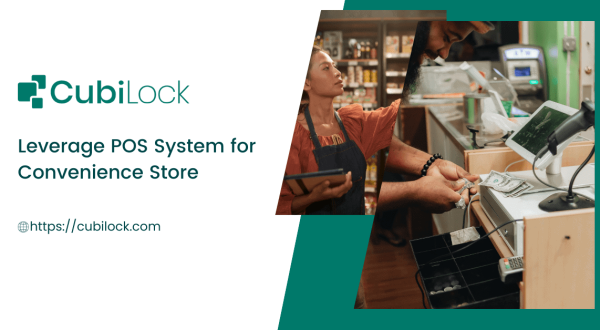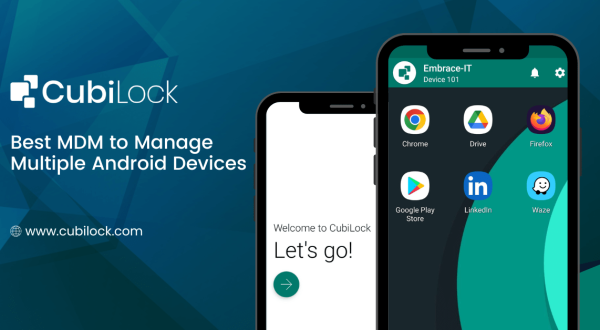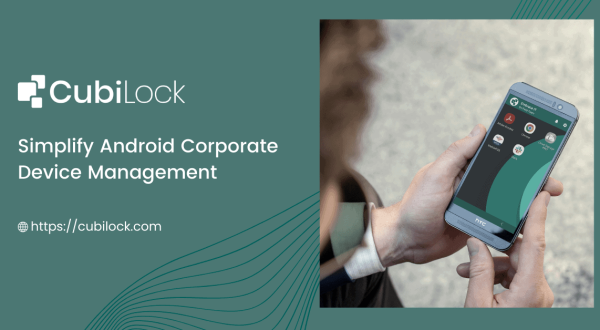Restrict Access to Play Store: Here’s How You Can Do It
- August 17, 2023
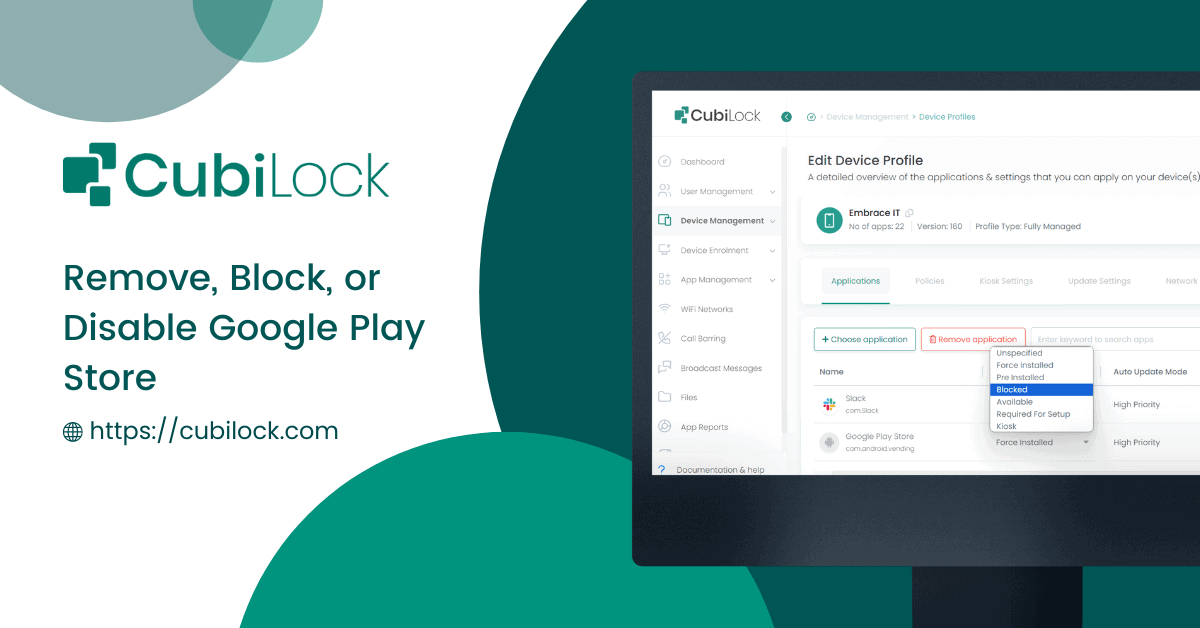
The Google Play Store boasts an impressive ecosystem of mobile applications, catering to a diverse range of interests and needs. With millions of apps available for download, the Play Store stands as one of the largest and most comprehensive app distribution platforms in the world. Read more to know how to restrict access to Google play store.
When access to the Play Store is opened for staff and employees without proper controls, it can lead to a range of negative outcomes. Unregulated access might result in a chaotic app environment, where employees download and use applications that are not aligned with the company’s objectives or security standards.
This unmanaged access could lead to decreased productivity as employees get distracted by irrelevant or time-wasting apps. Furthermore, the risk of downloading malicious or insecure apps increases, potentially exposing sensitive company data to security breaches, malware, and other cyber threats. This lack of control might also lead to compatibility issues, with different employees using various versions of the same app, causing confusion and inefficiency in communication and collaboration.
Additionally, a lack of oversight can make it difficult to manage licensing and costs associated with apps. Unauthorized downloads might result in financial losses due to unmonitored in-app purchases or premium subscriptions.
In a negative scenario, unregulated access to the Play Store among staff and employees can lead to a fragmented and disorganized app landscape, compromising productivity, security, and the overall operational effectiveness of the organization.
A Mobile Application Management (MAM) solution plays a pivotal role in mitigating the challenges posed by unregulated access to the Play Store for staff and employees. MAM provides organizations with the tools and strategies to regain control over app usage and ensure a more secure and productive environment.
By implementing a MAM solution, organizations can curate a customized app catalog, offering employees access to a carefully selected range of applications that align with the company’s goals and security standards. This prevents the proliferation of irrelevant or potentially harmful apps, reducing distractions and enhancing productivity.
How to Restrict Google Play Store Access:
- From CubiLock console, go to:
- Create/edit device profile.
- You can toggle the “Visible” button.
- OR
- You can either remove the play store from your list of apps.
- OR
- Block the google play store right away.

MAM solutions also enable companies to enforce security policies, ensuring that only approved apps are downloaded and used. This safeguards sensitive data and mitigates the risk of security breaches and malware infections that can arise from unregulated app downloads.
Moreover, MAM allows for centralized app distribution, updates, and management. This streamlines processes ensures version consistency, and minimizes compatibility issues, thereby improving overall communication and collaboration. Financially, MAM provides cost control by monitoring app licenses, subscriptions, and usage. Unsanctioned in-app purchases and premium subscriptions are minimized, preventing unexpected financial burdens. In essence, a Mobile Application Management solution empowers organizations to regain control over their app ecosystem. It promotes security, efficiency, and alignment with business objectives by offering a controlled and secure environment for staff and employees to access the Play Store and utilize applications that truly enhance their work experience.
Deploy Applications in Single or Multi App Mode
Deploying applications in multi-app mode offers enhanced versatility and specialization, allowing users to access various functionalities within distinct apps. This segregation minimizes clutter and offers a focused user experience for each task. In contrast, a single-app mode streamlines user interactions by consolidating all functionalities into a single app, simplifying navigation and reducing the need to switch between multiple apps. However, it might lead to feature bloat. The choice between multi or single app mode depends on the complexity of functionalities, user preferences, and the desired balance between specialization and simplicity.
Conclusion
Controlling access to the Play Store is a strategic step in ensuring a productive and secure digital environment. By implementing the methods outlined in this blog, organizations can harness the benefits of regulated app access while mitigating potential risks.
Whether through Mobile Device Management (MDM) solutions, Mobile Application Management (MAM) tools, or creating a corporate Google Play Store account, the overarching goal remains the same: to strike a balance between empowering employees with useful apps and maintaining a robust security posture.
Remember, restricting access isn’t about stifling innovation or limiting user experience; it’s about optimizing it. By providing a curated selection of apps that align with company objectives and policies, businesses can foster greater efficiency and reduce potential security vulnerabilities stemming from uncontrolled app downloads.
Ultimately, the decision to restrict Play Store access should be tailored to each organization’s unique needs and priorities. It’s a step towards creating a controlled and secure app ecosystem that enhances productivity, collaboration, and data protection. As technology continues to evolve, a proactive approach to app access management ensures that organizations stay resilient in the face of emerging challenges while enabling their workforce to thrive.
Vaishak Nair has 7+ years of experience in SaaS based-industry, loves to explore places that are quite close to nature.


